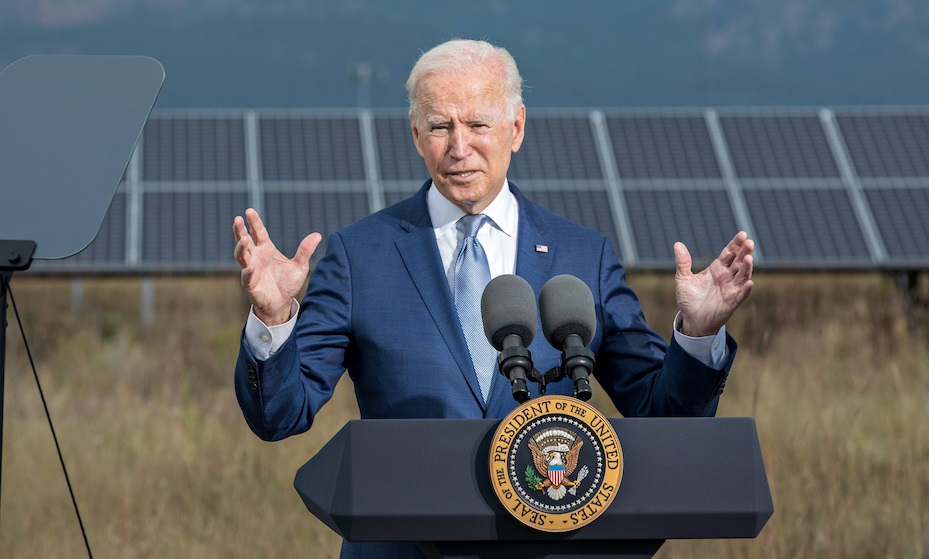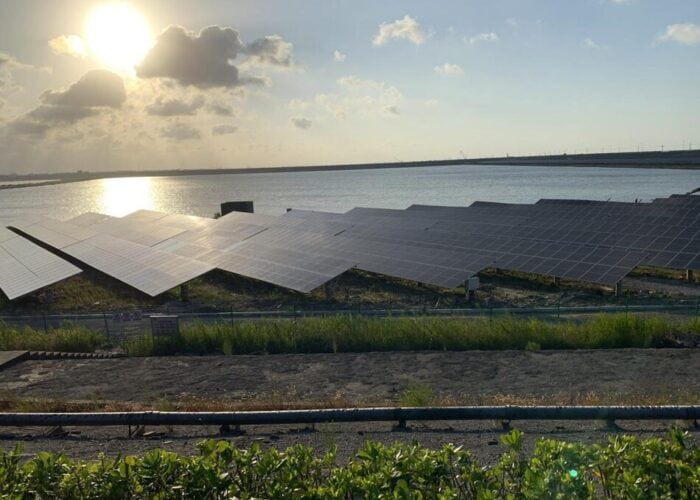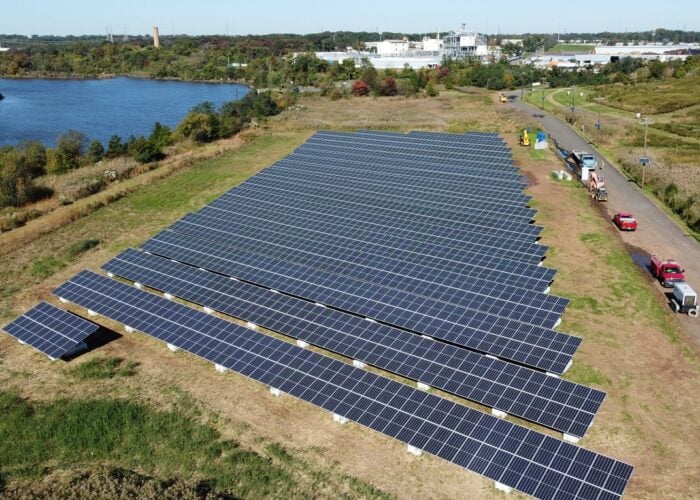
Section 201 tariffs on solar imports to the US will be extended by four years, however bifacial panels will continue to be exempt and the tariff rate quota for cell imports doubled.
US President Joe Biden’s administration confirmed the decision today, just two days before the existing Trump-era tariffs were due to expire, with the decision matching reports that emerged last week.
Unlock unlimited access for 12 whole months of distinctive global analysis
Photovoltaics International is now included.
- Regular insight and analysis of the industry’s biggest developments
- In-depth interviews with the industry’s leading figures
- Unlimited digital access to the PV Tech Power journal catalogue
- Unlimited digital access to the Photovoltaics International journal catalogue
- Access to more than 1,000 technical papers
- Discounts on Solar Media’s portfolio of events, in-person and virtual
Or continue reading this article for free
While Biden has stated he has agreed with the US International Trade Commission’s recommendation to extend the tariffs, essentially confirming that duties are necessary to prevent or remedy serious injury of the US’ domestic PV manufacturing sector, the president has made select tweaks to the tariffs.
In a notice issued today, President Biden said he had concluded that the safeguard action continued to be necessary given there remains evidence that the domestic industry is “making a positive adjustment to import competition”, and that an extension would provider greater economic and social benefits than costs.
As well as an exemption for bifacial modules, Biden has also instructed the US Trade Representative to investigate the potential for imports from Canada and Mexico to be exempt as long as such imports are not considered to undermine the effectiveness of the tariffs.
Increasing the tariff rate quota for cell imports to 5GW will enable twice the amount of solar PV cells to enter the US without incurring the tariffs, paving the way for greater module assembly to take place.
But it is the continued exemption for bifacial panels which will prove the most significant boon for the US solar market, with the majority of module imports to the US in recent years being bifacial.
The change has been welcomed by the US solar industry, with the Solar Energy Industries Association (SEIA) noting that bifacial panels are still not available “at scale” by US manufacturers.
“Today’s decision recognises the importance of this innovative technology in helping to improve power output and lower costs in the utility segment. It is a massive step forward in producing clean energy in America and in tackling climate change,” Abigail Ross Hopper, president and CEO at SEIA, said today.
George Hershman, CEO at developer SOLV Energy, said the extension of the tariffs was a disappointment, but commended the decision made on bifacial modules.
“Every dollar spent on tariffs means less dollars put towards creating jobs and opportunity in communities. The bifacial exclusion will help us greenlight projects and deploy more solar capacity across the country.”
The decision has, however, proven to be contentious within the ranks of US-based manufacturers. Earlier this week First Solar chief executive Mark Widmar, writing for publication Real Clear Energy, argued that an exemption for bifacial panels would all but render the tariffs useless, writing that “an extension to the Section 201 safeguard that does not include bifacial panels is no safeguard at all”.
In a statement issued today, Widmar doubled down on his criticism of the move.
“This exclusion un-levels the playing field by providing unlawfully subsidized bifacial panels an instant, artificial advantage over other panel types, an advantage that is based not on real-world performance or true competitiveness, but merely on distinguishing where the cells happen to be located on the panel. With bifacial being the dominant Chinese solar product today, this decision effectively allows China to outflank American efforts to grow self-reliant solar supply chains,” he said.







